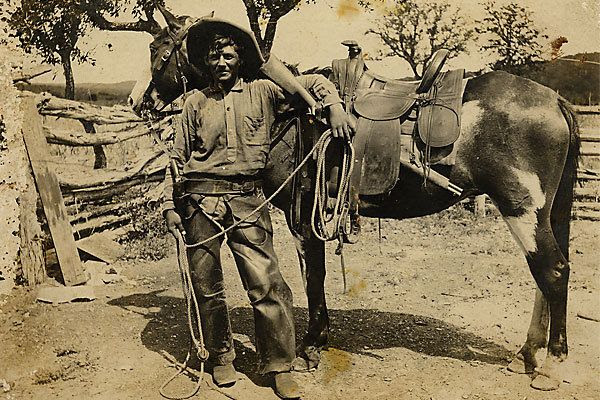
“When at last in the fever of change the Russian Revolution made anything possible,” the Mid-Week Pictorial reported 100 years ago, “a band of girls of adventurous disposition and endowed with the high courage of youth came forward and joined a ‘Battalion of Death’ to try to infuse the Russian Army with a new desire for victory.”

Their commander was Maria Bochkareva (spelled “Botchkareva” by The Times). Already a decorated soldier, she met in May 1917 with Alexander Kerensky, the head of the provisional government. To solve the problem of rampant desertion she proposed the creation of all-women battalions that “would shame the men into continuing the fight,” Carolyn Harris wrote on Smithsonian.com in April.
“On May 21, Bochkareva issued a call to arms, stating: ‘Men and women citizens! ... Our mother is perishing. Our mother is Russia. I want to help save her. I want women whose hearts are pure crystal, whose souls are pure, whose impulses are lofty. With such women setting an example of self sacrifice, you men will realize your duty in this grave hour.’ The speech, which was reprinted in the newspapers the next day, attracted 2,000 volunteers. Only 500 met Bochkareva’s high standards during training. In her memoirs, she claimed, ‘I sent away 1,500 women for their loose behavior.’”
American women, too, were actively involved in the war effort.
“It has been found that there is absolutely no kind of work, skilled or unskilled, that women cannot do; and it has been amazing how they have learned in months trades which were formerly supposed to require years to learn,” the Mid-Week Pictorial said. “Politically, of course, the demand for votes for women is enormously strengthened.” Three years later, after ratification of the 19th Amendment, universal suffrage was a reality.
Pope Benedict XV was on the cover of The New York Times Mid-Week Pictorial this week in 1917, as he had just issued a formal call for a cessation of hostilities to the “Leaders of the Belligerent Peoples.” In his appeal, the pope asked, “Is this civilized world to be nothing more than a field of death?” Two weeks later, President Woodrow Wilson responded that peace would be impossible with the imperial German government, “the ruthless master of the German people.”

Times Insider is offering glimpses of some of the most memorable wartime illustrations that appeared in The New York Times Mid-Week Pictorial, on the 100th anniversary of each issue:
• French artists on the battle lines (Aug. 16)• A graphic look inside a German bomber (Aug. 9)• Raw recruits gather at Gettysburg (Aug. 2)• A hellish battle scene captured by the camera (July 26)• Feeding troops with a cumbersome kitchen (July 19)• A phony battleship lures real sailors (July 12)• Carrier pigeons in military duty (July 5)• Fijians join the fight (June 28)• A “dead town” in northern France (June 21)• Immigrants among draft registrants (June 14)• Terror on the high seas (June 7)• General Pershing shows some vanity (May 31)





















